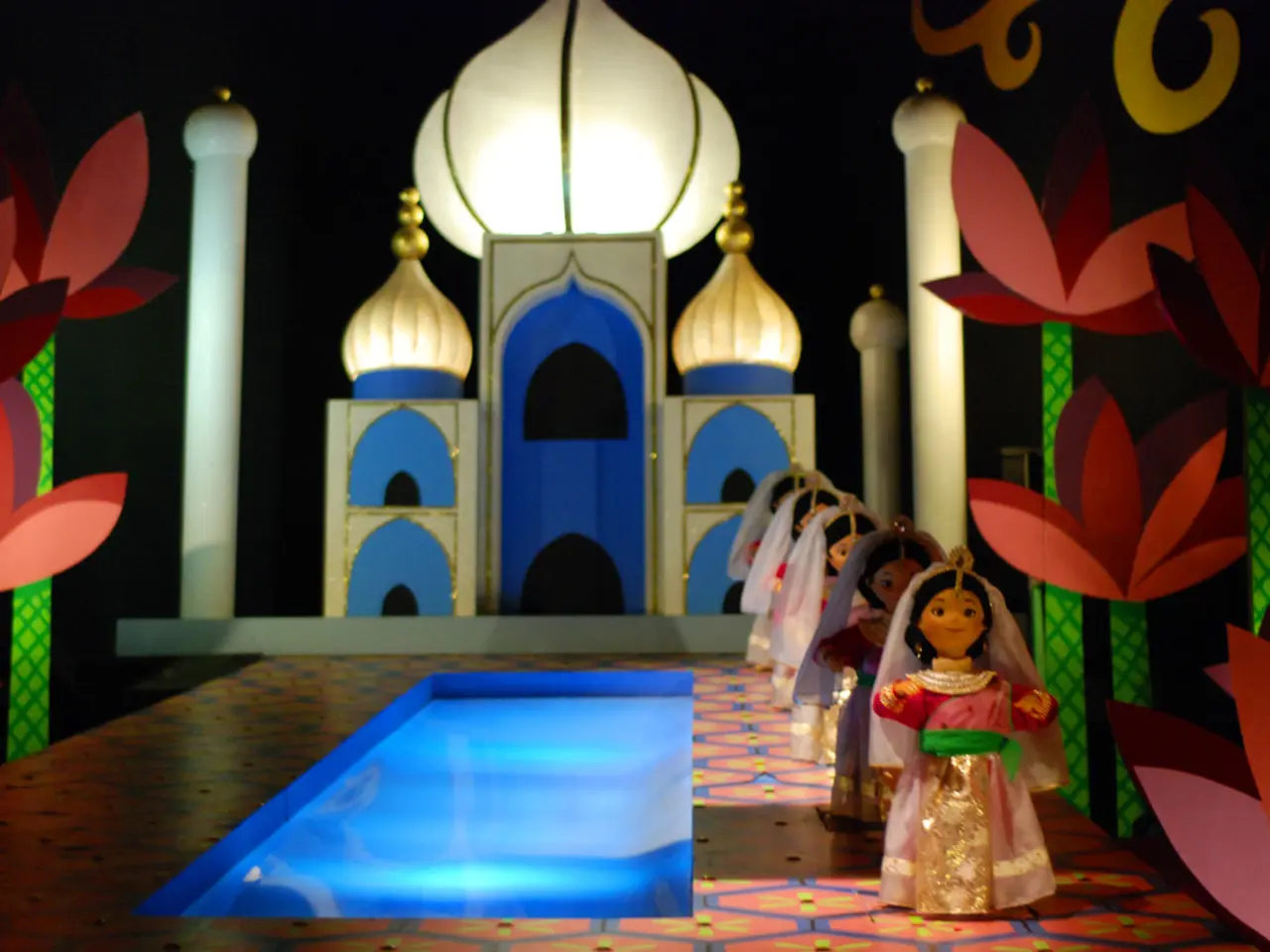Exploring South America's forgotten Islamic past
In the diverse landscape of South America, the Islamic influence may not be as apparent as in other parts of the world, but it has left a significant and subtle mark on the continent's architecture and culture. This legacy, largely indirect, can be traced back to the European colonisers, particularly the Iberians, who brought with them a rich tapestry of Islamic traditions.
One of the most tangible examples of this influence is the Mudéjar style, a unique blend of Islamic and Christian design that emerged in medieval Spain. This style, characterised by intricate tilework, horseshoe arches, geometric patterns, and elaborate stucco, left an enduring impact on South American architecture. Although direct examples of Islamic-style mosques are rare, the influence is discernible in the ornamentation and spatial arrangements of some churches, such as the Basilica of Our Lady of Copacabana in Bolivia, which boasts architectural motifs that echo Islamic design.
The presence of Morisco craftsmen and African Muslim artisans likely contributed to the transmission of Islamic decorative arts into South American colonial architecture. However, these elements are often subsumed within broader Iberian Baroque or Renaissance styles.
Beyond architecture, Islamic and Islamicate culture have left subtle marks on South American daily life. Arabic loanwords entered Spanish and Portuguese during the al-Andalus period, and some of these terms made their way to the Americas. The culinary landscape also bears the influence of Islamic culture, with ingredients and techniques with roots in the Islamic world becoming part of Iberian and, by extension, Latin American cuisine.
The alfajor, a popular biscuit across Latin America, is believed by some to derive from the Arabic al-fakher, meaning luxurious, while others argue it comes from the old Arabic al-huasu, meaning stuffed or filled. Argentina consumes around a billion alfajors annually, making it a quintessential Argentine treat.
In modern times, the Islamic influence can be seen in the rise of mosques and Islamic cultural centres. The King Fahd Mosque and Islamic Cultural Centre, located in Argentina, is a testament to this, offering space for 2,000 worshippers.
The town of Copacabana in Bolivia, centred around a stately basilica, is another example of this influence. Known as the Moorish Cathedral, the basilica features whitewashed walls, towers, and domes, and distinctive blue ceramic azulejo tiles, influenced by the craft traditions of Al-Andalus.
The Uros people, residing on artificial reed islands in Lake Titicaca, offer a unique cultural perspective. While not directly linked to Islamic influence, the lake itself has a rich history, with Isla del Sol once being a major pilgrimage site revered as the birthplace of the Sun, the Moon, and the Inca dynasty.
In conclusion, the Islamic influence on South American architecture and culture is often subtle, woven into the broader fabric of Latin American culture rather than standing out as distinctly Islamic monuments. However, by delving into the historical background and examining the architectural and cultural influences, it becomes clear that the Islamic imprint is an essential part of South America's rich and diverse heritage.
People who visit South America might appreciate exploring the subtler influences of Islamic culture, seen in the region's lifestyle and travel destinations. For instance, while architecture often reflects a blend of Islamic and Christian design, such as the Mudéjar style, the Basilica of Our Lady of Copacabana in Bolivia has architectural motifs reminiscent of Islamic design. Additionally, the popular Argentine treat, the alfajor, is believed to have roots in Arabic culture, reflecting the culinary influence of Islamic culture on Latin America.




